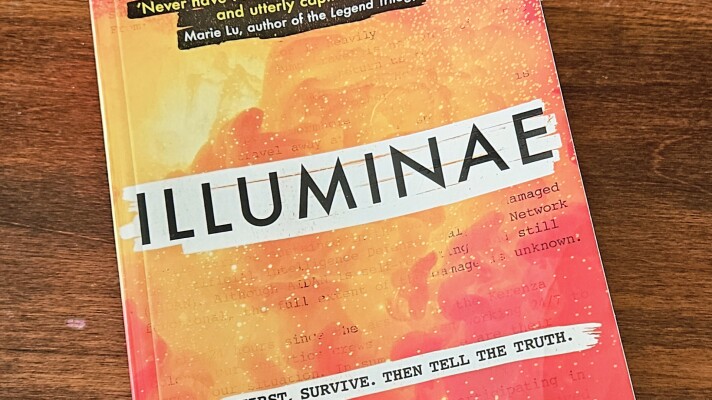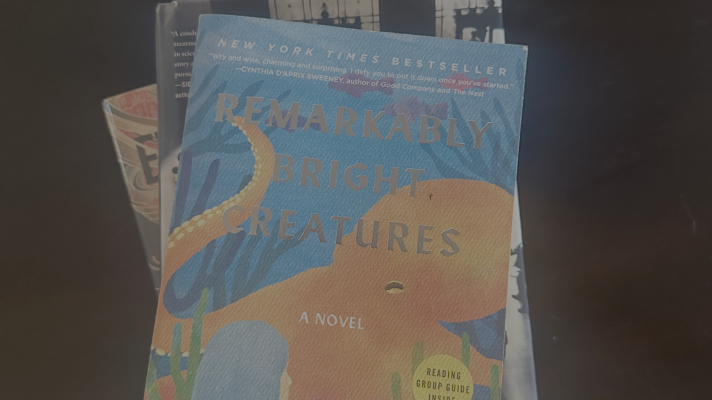This book was named by more than sixty critics as one of the best books of 2010. After taking more than a decade to research and write, it was also translated into several languages. In 2017, Oprah Winfrey and Alan Ball executive produced a movie adaptation of Rebecca's countless hours creating a timeline of how one woman's cells changed the world of scientific research forever.
This book was not only on the New York Times Best Sellers list for seventy-five weeks, it also opened major doors of healthcare awareness in various communities throughout the world.
One summer I had the privilege of participating in a book study based on this medical breakthrough masterpiece. It had so many layers that I knew I would read it again someday. The day came when I experienced my own health care issues and felt the need to research. The way Rebecca pieced together the puzzle of questions and answers surrounding a medical mystery that turned into a cultural phenomenon is to be applauded. Page after page, I was drawn in closer to the story of Henrietta's life. Throughout every chapter, the author did a superb job of tackling the task of providing
visuals. I loved how the author peeled back the layers of perspective in the areas of: science, history, demographics, law, ethics, and ancestry...just to name a few.
All of these subjects intertwined throughout the story giving the reader opportunities to critically think and explore how one impacted the other during this time.
The scientific breakdown of how Dr. Gey and the Johns Hopkins Hospital staff maneuvered during Henrietta's stay at the hospital was enlightening to say the least. Even though Henrietta was not present to explain her role in this story, I imagined a part of her being introduced through every mention of her children. There were several moments that made my mouth drop and my eyes cry. "The Immortal Life of Henrietta Lacks" reminds us of how far we have come in the areas of medical research and how far we still have to go on the road of medical equality. While reading, I observed an interesting constant tug of war between two groups that eventually fought battles within themselves.
I was left asking "What if?" several times with only being able to respond with "We'll never know". These moments were strong reminders of how important effective communication and education are when patients are under hospital care I feel confident in saying there will never be enough time to research all the many factors connected to the story that brought this book to fruition. However, I do believe the findings that countless scientists, journalists, and even
family members brought to the surface must be used for future educational purposes for us all.













